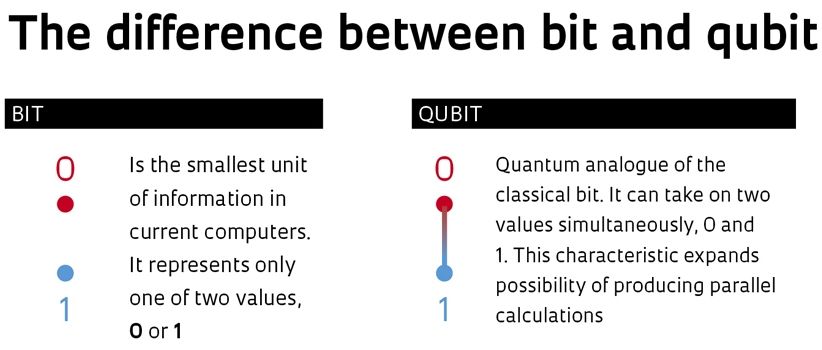Aug 10, 2016
With new water generators, Carrollton startup can unlock the ocean above your head
Posted by Karen Hurst in categories: solar power, sustainability
In the blackland prairie of Texas, an ocean is thousands of miles away. But Benjamin Blumenthal, co-founder and chief executive officer of SunToWater Technologies, says we’re all standing under the sixth ocean — the one that’s above our heads.
The Carrollton startup makes an appliance that unlocks that water supply. The company’s water generators — each about the size of a central air conditioning unit — use air, salt and solar power to produce gallons of drinkable water. They could bring water to rural communities without a municipal water supply, regions stricken by drought or developing countries with water contamination.
But the company will target a higher-end market first: Homeowners with large lawns to water and swimming pools to fill. Blumenthal said SunToWater is focusing on customers in California and Texas, two states that have coped with an unpredictable, and often limited, water supply and the water restrictions and high utility bills that come with it.


















